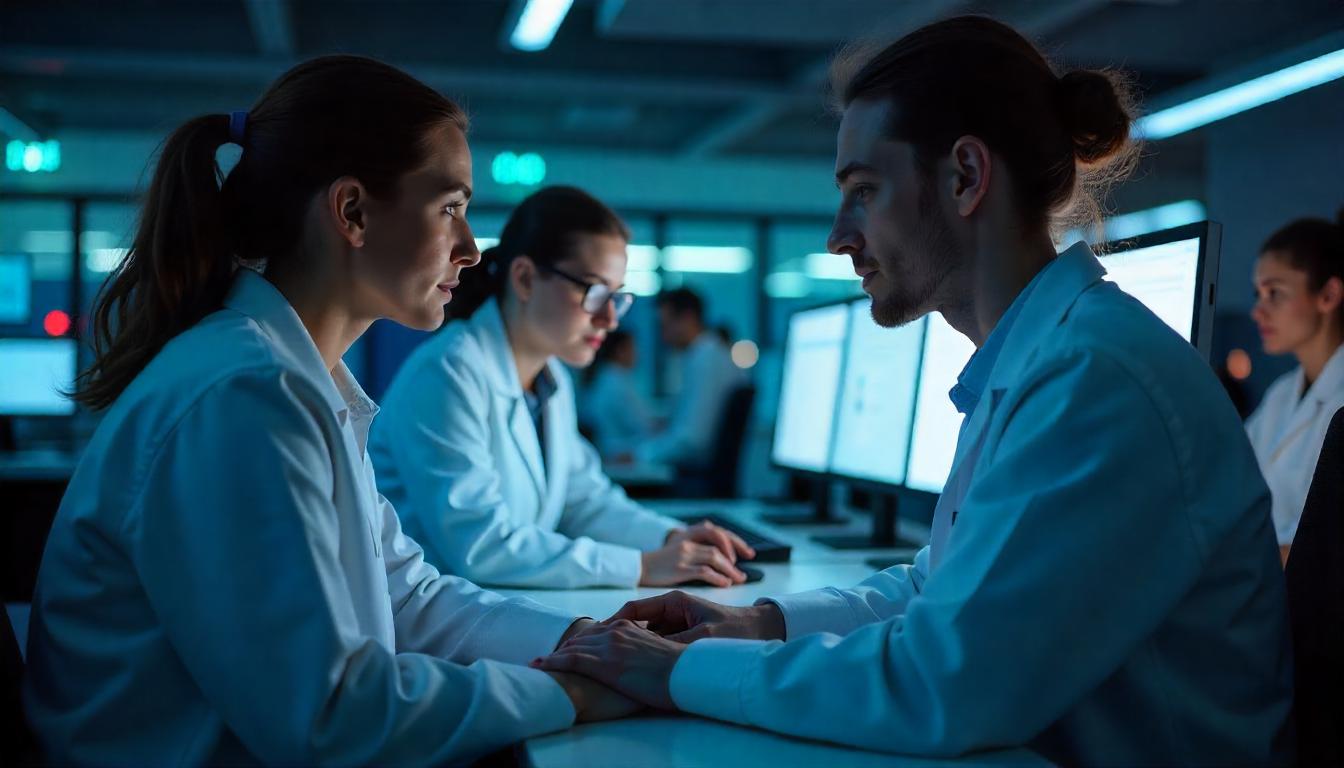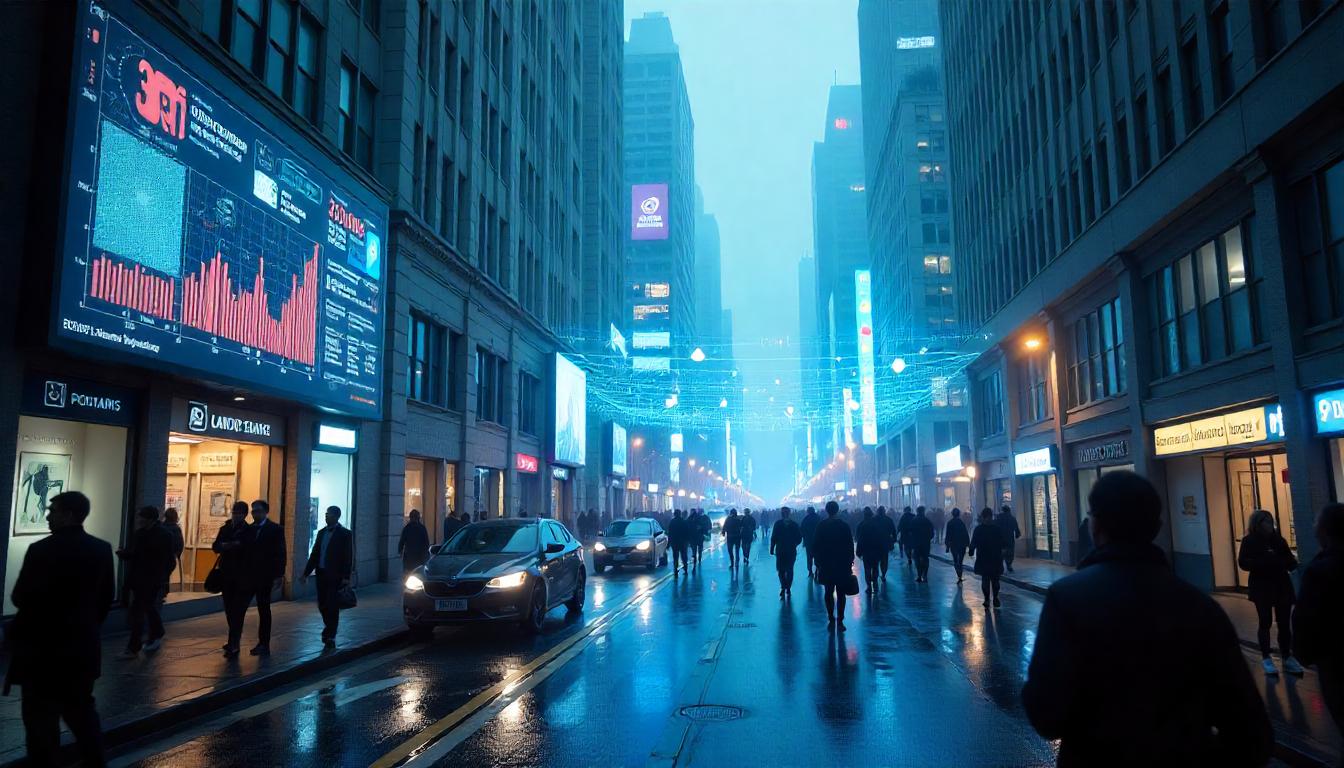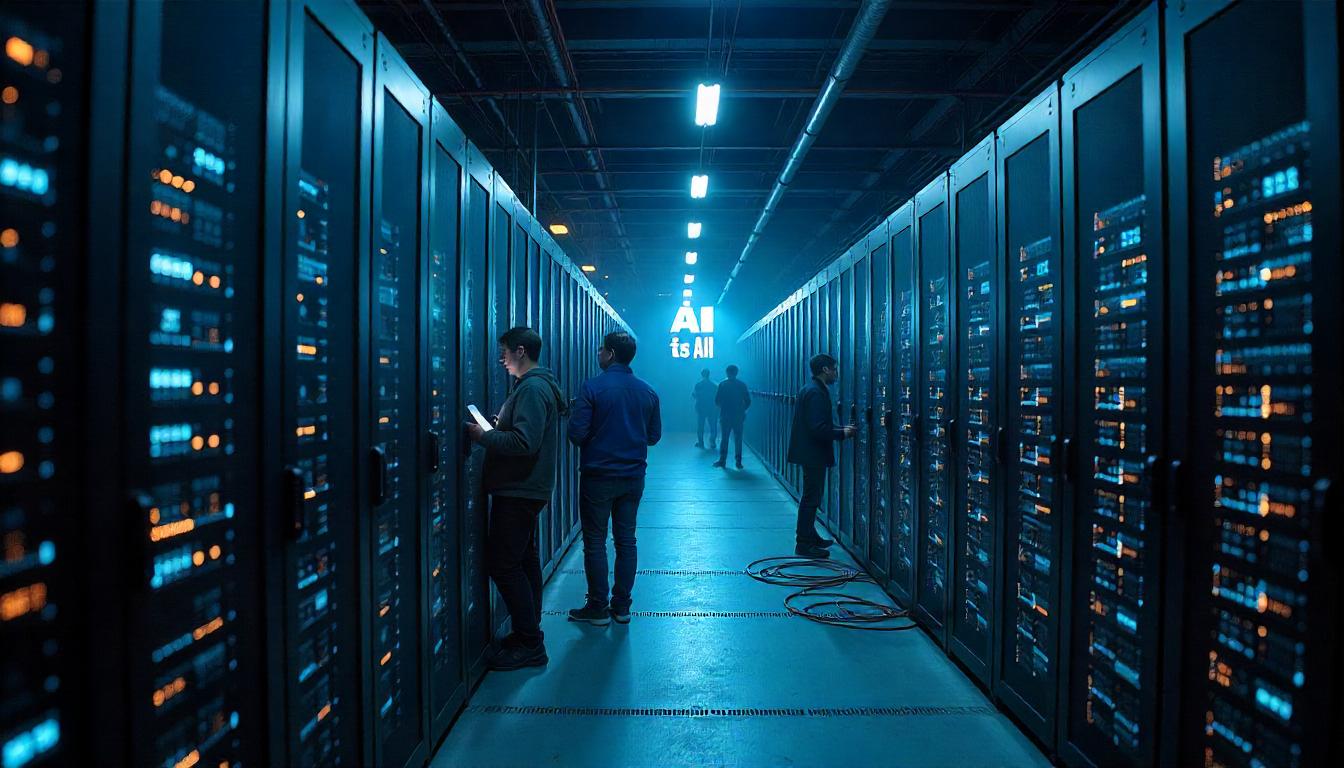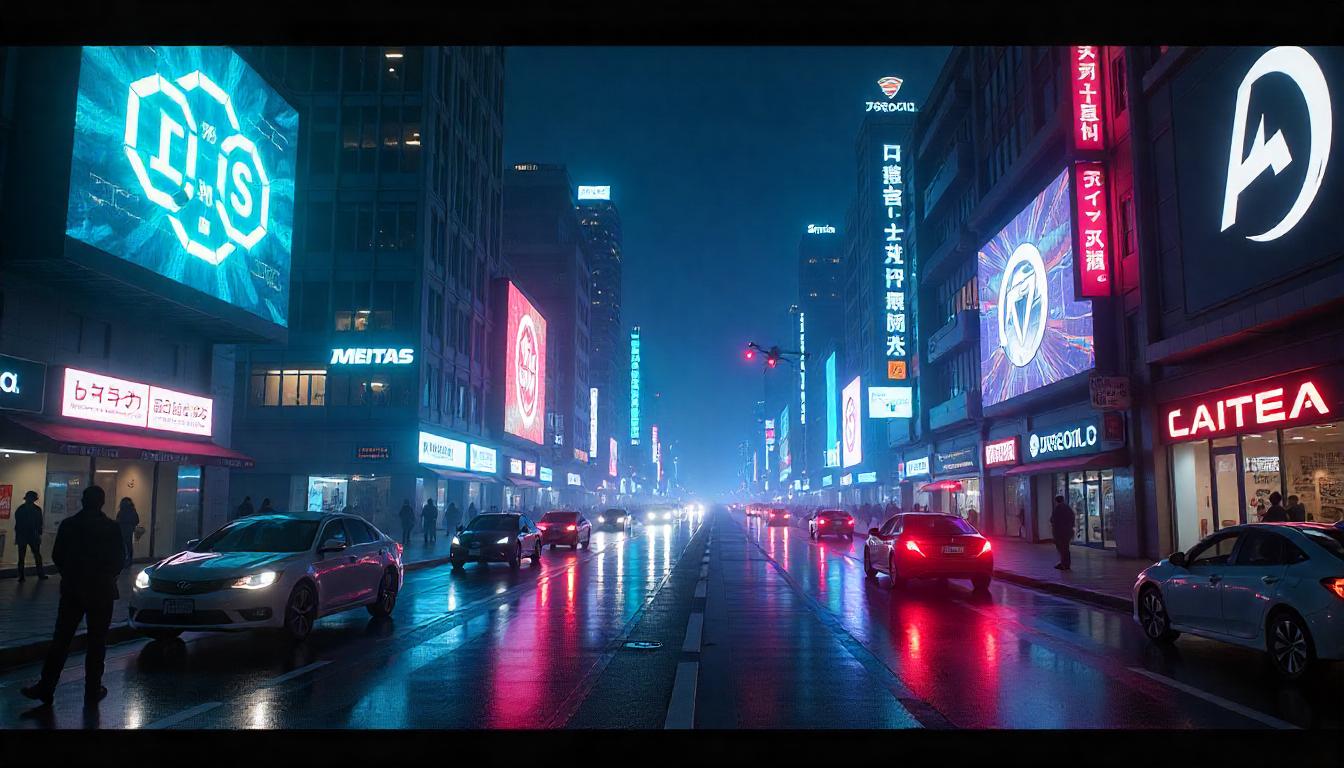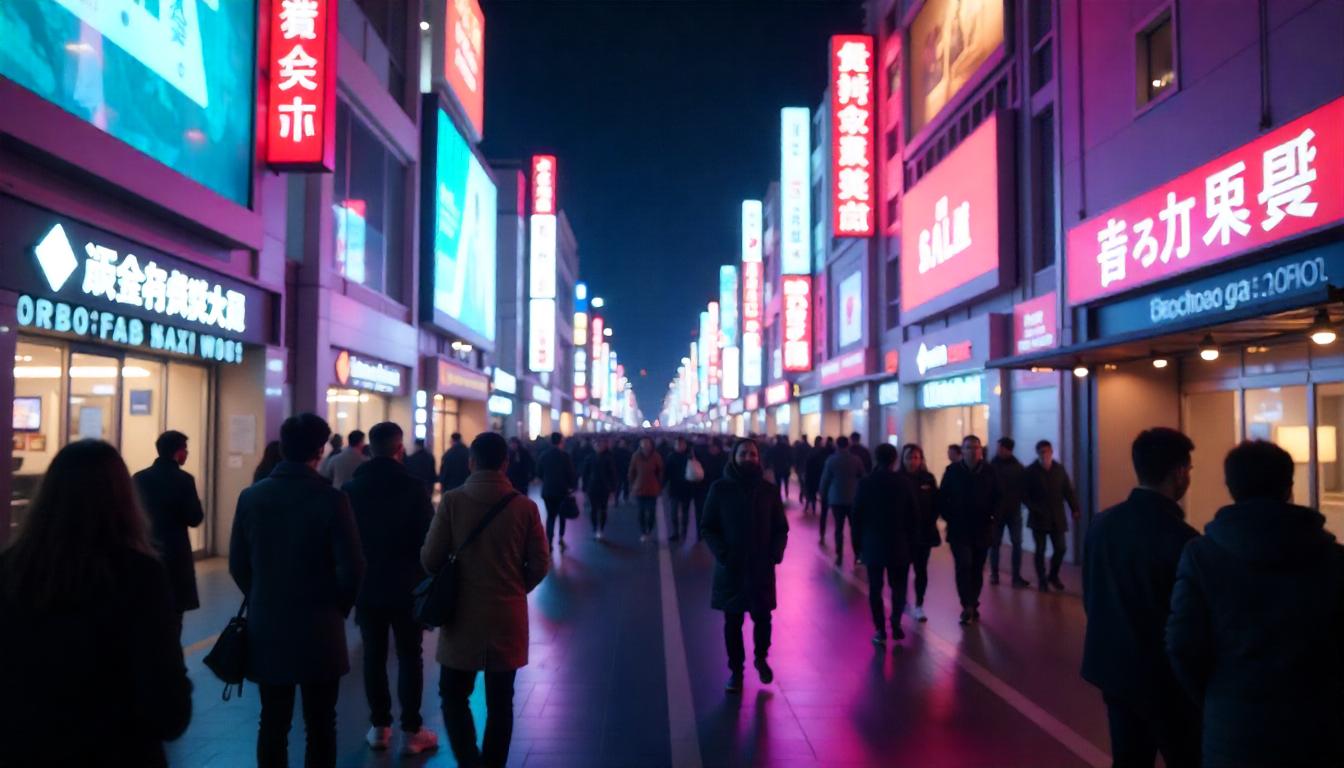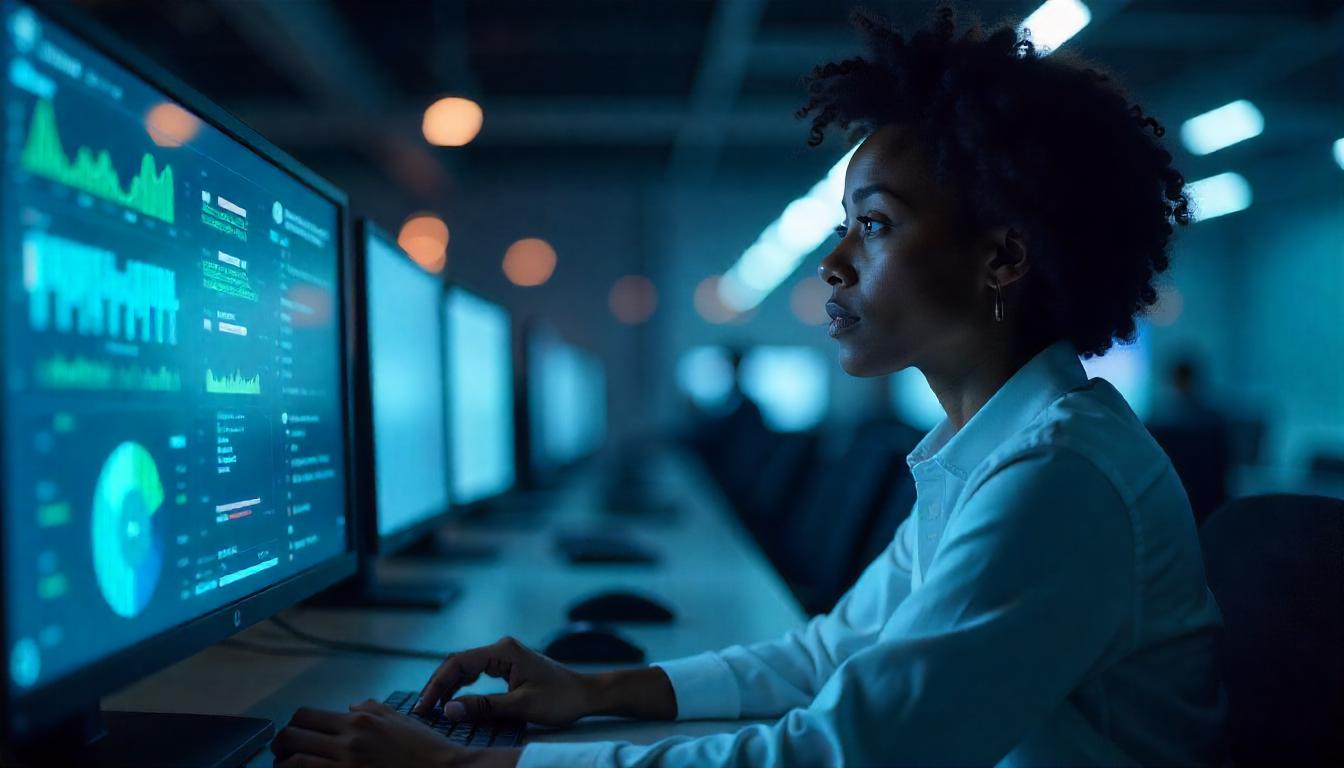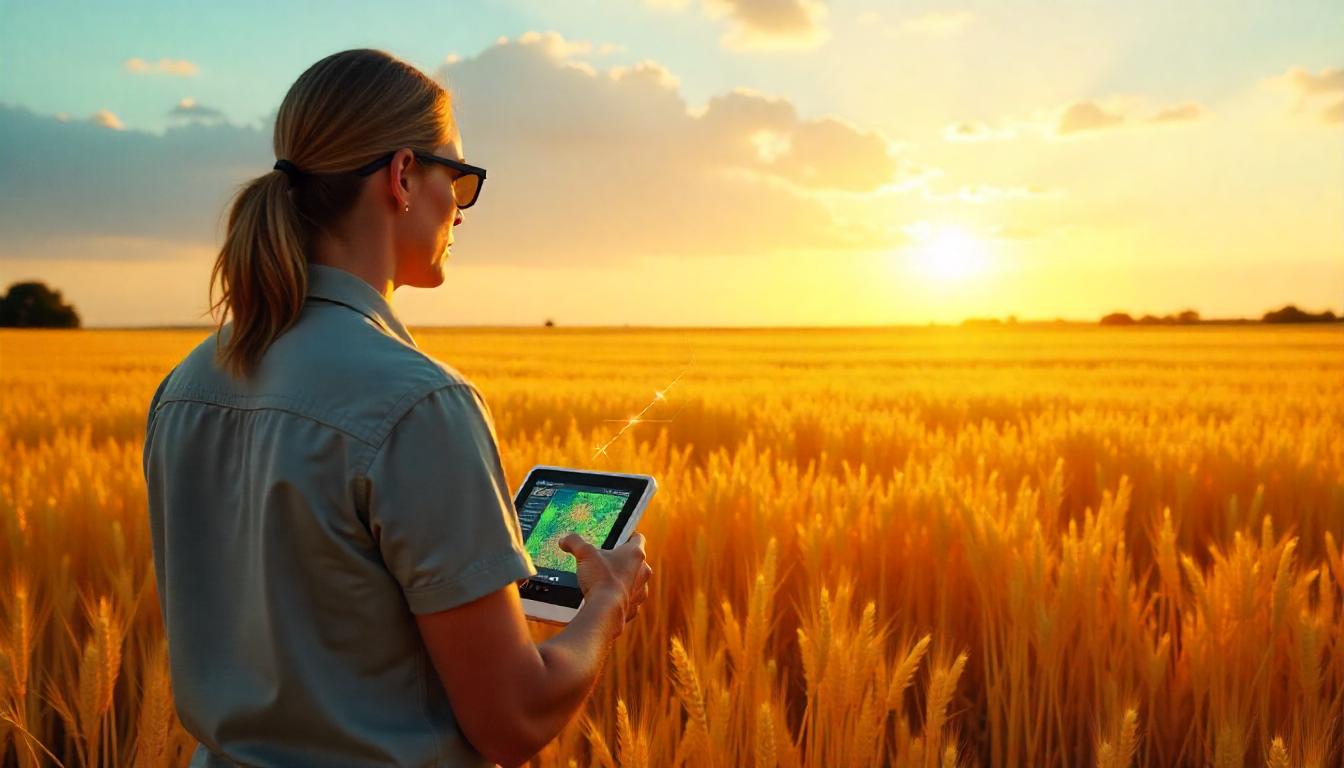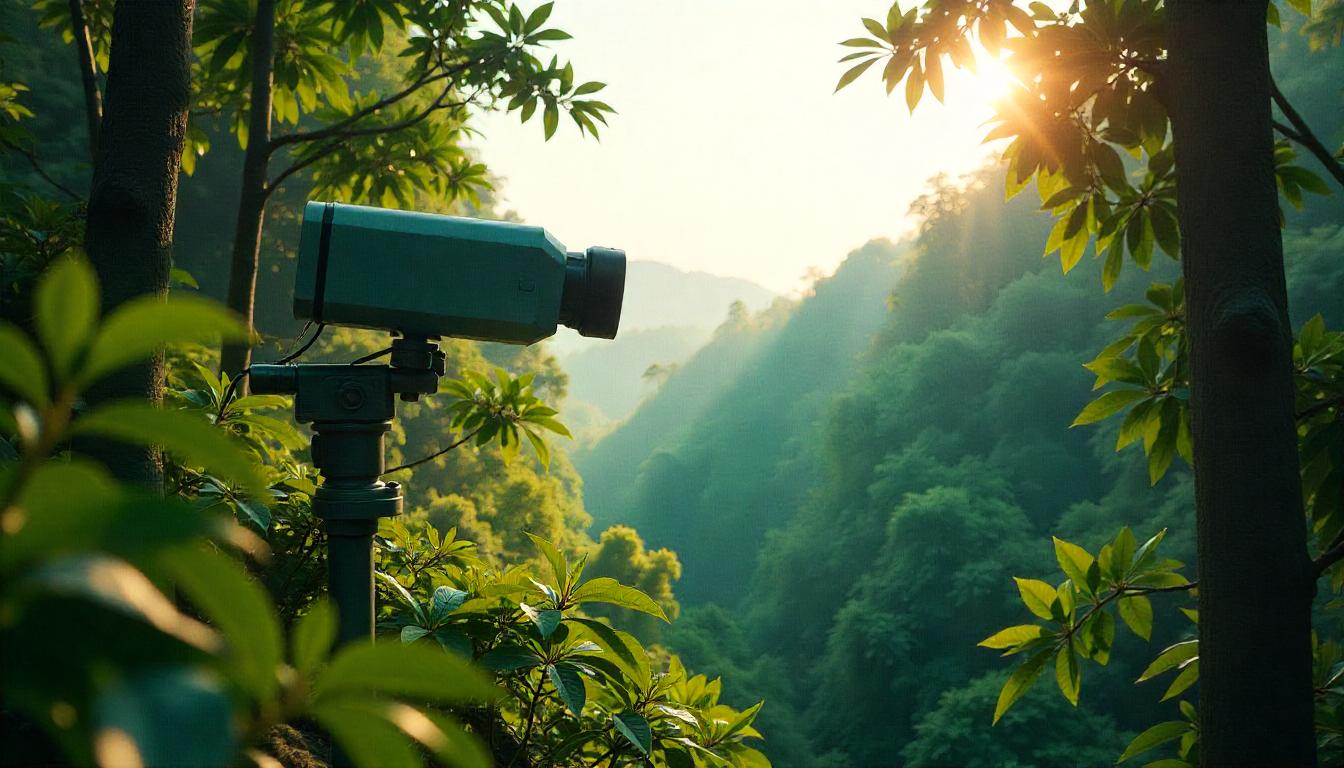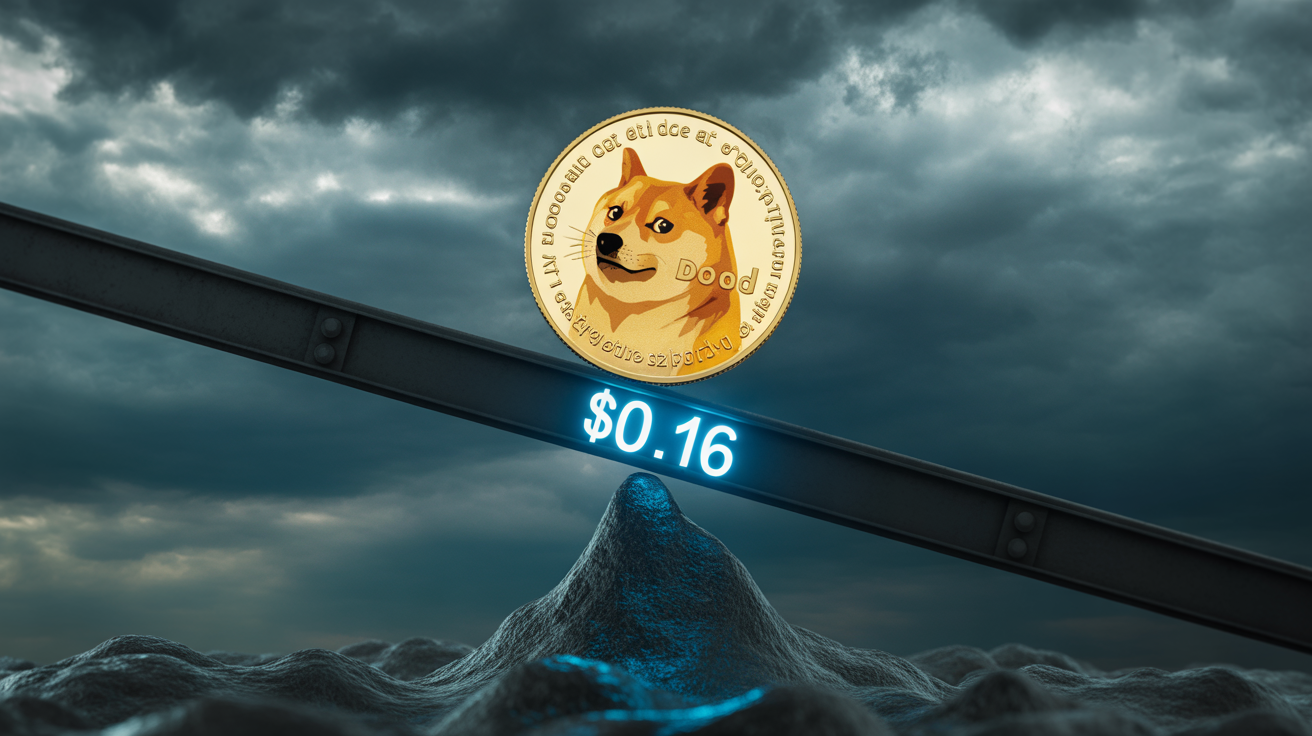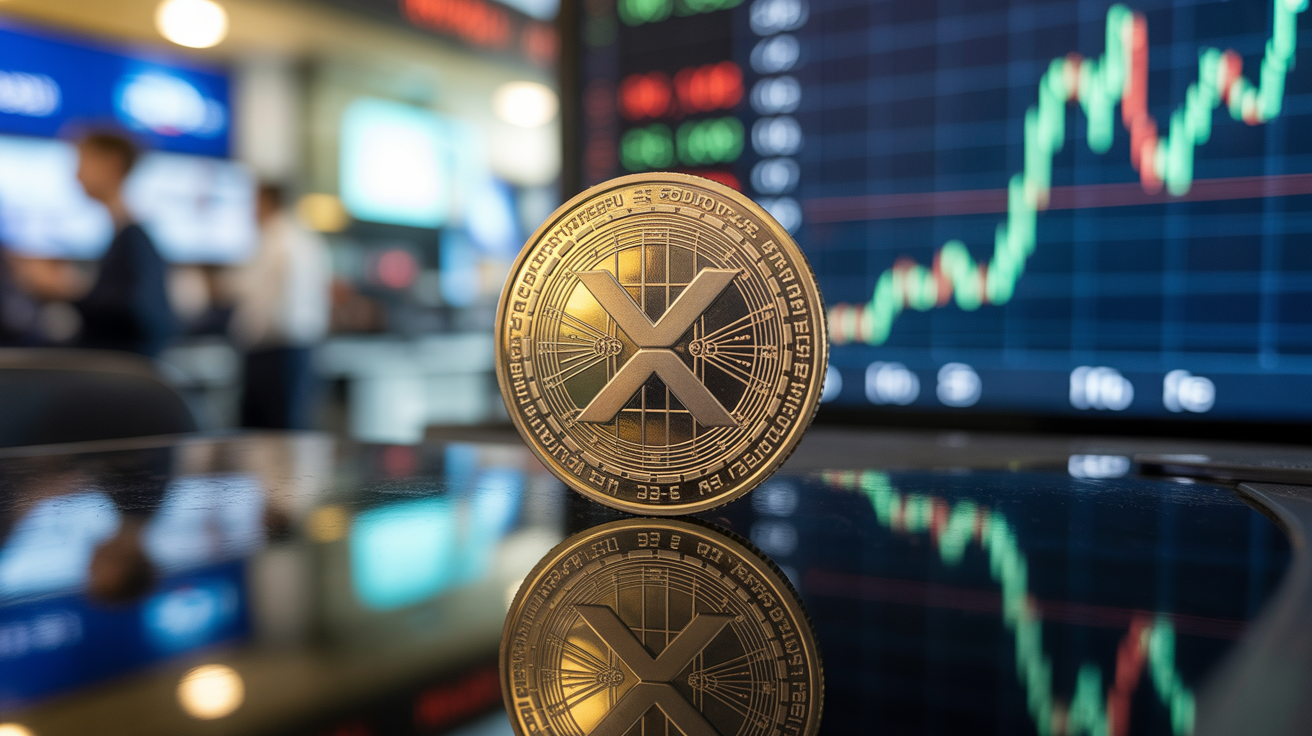AI in Art and Music: Can Machines Be Creative?
When we think of creativity, we often imagine artists splashing color onto a canvas or musicians composing melodies that stir our emotions. Creativity feels deeply human—a unique spark fueled by feelings, experiences, and imagination. But with advances in Artificial Intelligence (AI), that spark is being reimagined. Today, AI is generating digital art, writing songs, and even composing symphonies. This leads us to an intriguing question: Can machines truly be creative?
How AI Makes Art and Music
AI doesn’t create the way humans do. It doesn’t feel inspired or emotional. Instead, it studies massive amounts of data—like paintings, songs, and styles—and learns how to imitate patterns and styles to produce something new. Let’s look at how AI is entering the creative world:
1. Digital Art Powered by AI
Tools like DALL-E, Midjourney, and Stable Diffusion have taken digital art by storm. Give these systems a text prompt, like “a dragon flying over a futuristic city,” and they generate breathtaking images in seconds. Artists are using AI to:
- Experiment with fresh artistic styles
- Design concept art for games, movies, and books
- Create unique visuals more quickly than traditional methods allow
The results often blur the line between human creativity and machine-generated art.
2. AI’s Role in Music Creation
AI isn’t stopping at visuals—it’s composing music, too. Programs like AIVA and MuseNet can produce songs in countless genres, from classical piano pieces to modern pop tracks. Musicians and producers leverage AI to:
- Generate new melodies and harmonies
- Create background music for videos, games, and podcasts
- Explore musical styles outside their usual repertoire
Some AI-generated music is so polished that listeners may not realize a machine composed it.
So, Can AI Be Creative?
This is where opinions vary. Yes, AI can produce impressive work—but does that mean it’s truly creative?
- AI doesn’t feel or dream. Humans create from emotions, memories, and life experiences. AI simply processes data and patterns without any emotional connection.
- No personal story behind its creations. Artists often have a purpose or message behind their work. AI has no intentions, beliefs, or personal stories to share.
- Excellent at remixing and combining styles. AI is talented at blending different styles and generating fresh takes, but some argue this is imitation, not true originality.
Still, AI is proving to be an incredible creative tool that helps humans think outside the box.
Artists and AI: Working Together
Rather than viewing AI as competition, many artists and musicians see it as a partner. They’re using AI to:
- Spark new ideas they might not have thought of
- Speed up certain creative tasks
- Overcome creative blocks and try new directions
For many creatives, AI acts like a digital collaborator, opening new possibilities and expanding their artistic toolkit.
Looking Ahead: The Future of AI Creativity
AI’s role in art and music is only going to grow. We may soon see:
- AI co-creating entire music albums
- AI-generated art exhibited in major galleries
- Innovative new art forms born from human-AI collaborations
Yet one thing remains certain: human creativity is irreplaceable. Our emotions, experiences, and unique perspectives give art and music depth and meaning that machines simply can’t replicate. AI can be an extraordinary tool—but the heart of creativity still belongs to people.



